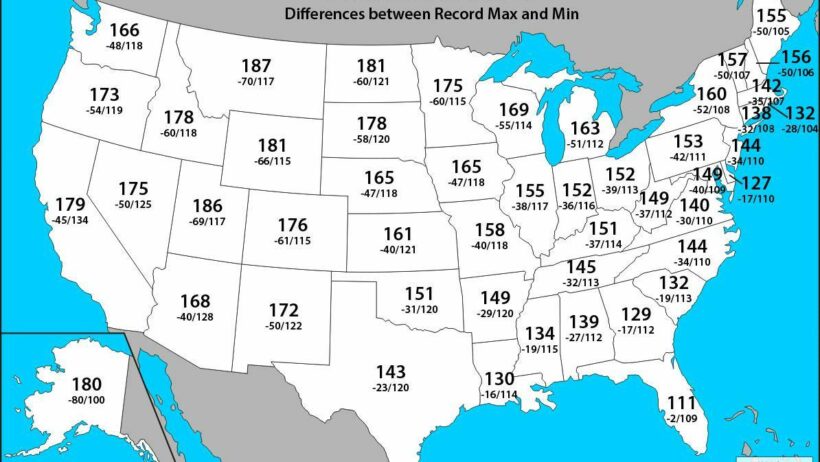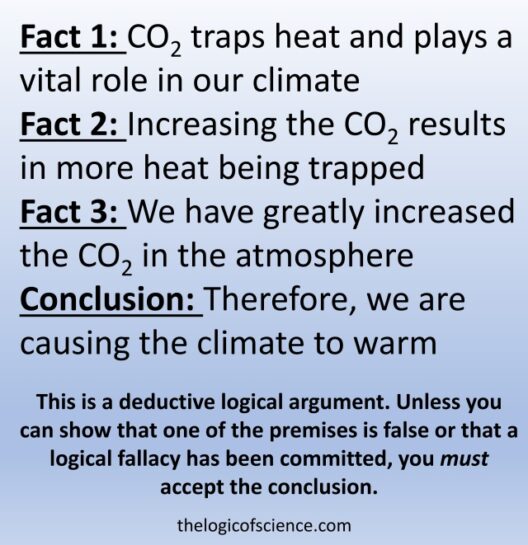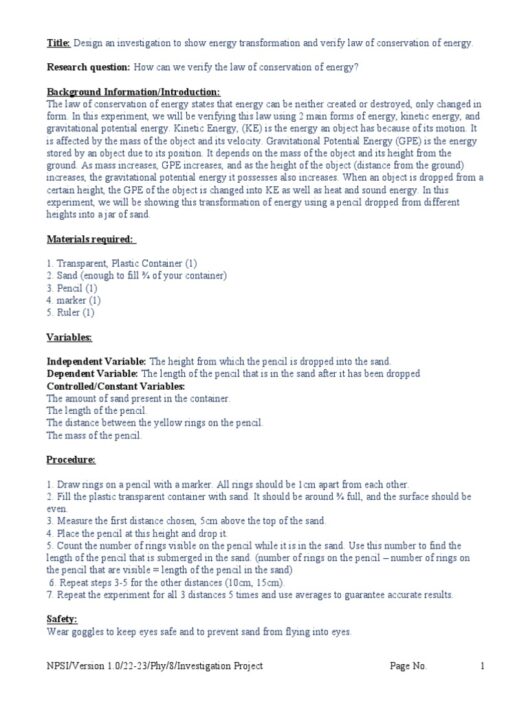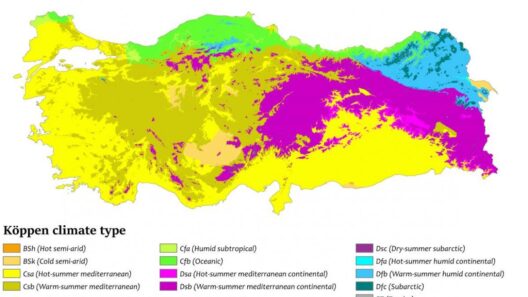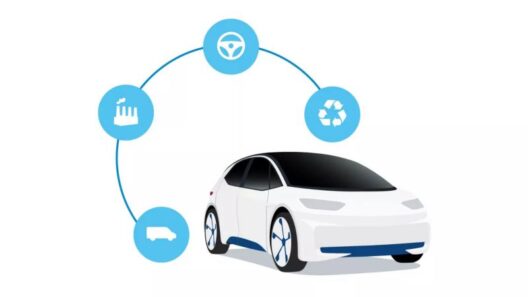The climate of the United States is a remarkable tapestry woven with a myriad of weather extremes. From record heat waves that scorch the Southwest to blizzards that blanket the Northeast, the nation presents a diverse climate profile that is as fascinating as it is alarming. Have you ever pondered what extreme weather events teach us about the fragility of our ecosystems? With climate change exacerbating these phenomena, it poses a compelling challenge for every American citizen: how do we adapt and mitigate the escalating risks associated with such ferocious weather? This is the crux of our climate discourse today.
Understanding the climate of the United States necessitates a look at its vast geographical diversity. The nation spans multiple latitude and longitude lines, encompassing a plethora of ecological zones—from subtropical regions in Florida to the arctic tundra of Alaska. This geographic diversity leads to stark variations in climate, which manifest through frequent extreme weather events. Such events not only disrupt daily life but also carry significant socio-economic consequences.
Take, for instance, the phenomenon of extreme heat. The Western United States frequently experiences oppressive temperatures during summer months, often leading to heat advisories and health emergencies. Cities like Phoenix and Las Vegas have recorded some of the highest temperatures in the nation, with thermometers soaring above 120°F (49°C). What’s more alarming is that these temperature spikes aren’t merely anomalies; they are becoming an entrenched feature of the climate. This escalation raises critical questions: How can urban infrastructure adapt to withstand such heat? How can we protect the most vulnerable populations who are disproportionately affected by heat-related illnesses?
Conversely, the Northern states are not exempt from climate extremes, particularly in the winter months. The Midwest and Northeast prepare for relentless blizzards, icy conditions, and wind chill factors that can drop temperatures into life-threatening ranges. These severe winter storms can immobilize cities, disrupt transportation networks, and create hazardous living conditions. The paradox here is striking; while hot regions struggle with heat replete with drought and wildfires, colder regions grapple with the onslaught of snow and ice. What unites these disparate weather phenomena is the underlying reality of climate change, which blurs the lines between seasonal expectations and actual conditions.
Moreover, the impact of severe weather is not just a localized concern but a growing national crisis. Natural disasters such as hurricanes, floods, and wildfires have seen an uptick in frequency and intensity. The 2005 Hurricane Katrina reshaped our understanding of the vulnerabilities in coastal areas, emphasizing the dire need for robust disaster preparedness and resilient infrastructure. The catastrophic flooding seen in Houston during Hurricane Harvey of 2017 serves as another reminder that the most populous regions are often the most at risk. Are we prepared for the next storm, or will history repeat itself with devastating consequences?
In light of all these extremes, the interplay between human activity and climate variability cannot be overlooked. The rise of industrialization, deforestation, and the combustion of fossil fuels have contributed significantly to greenhouse gas emissions, leading to a warming planet. The ramifications of this increase in global temperatures ripple through natural ecosystems and human societies alike, resulting in an array of climatic disruptions. As environmental stewards, it is imperative to explore sustainable practices that lessen our carbon footprint and promote ecological balance. How do we transition from fossil fuel dependency to renewable energy sources like solar, wind, and hydropower?
As climate advocates emphasize the urgency of these transitions, the role of public policy becomes increasingly crucial. Legislators and city planners must prioritize climate resilience, encouraging investment in infrastructure that withstands weather extremes. For instance, cities can promote green roofing, enhanced urban forestry, and permeable pavements to combat heat and manage stormwater. Education also plays an instrumental role; equipping communities with knowledge about climate risks and sustainable practices fosters collective action. If citizens are informed about the effects of climate change, they can become catalysts for meaningful change.
Adaptation is no longer just an option—it is a necessity. Communities must reevaluate their vulnerabilities and develop comprehensive strategies. Whether through improved building codes, community engagement programs, or emergency response simulations, proactive measures are vital in cushioning the impact of climate extremes. The challenge lies in collaboration; cities, states, and regions must work together to share resources, knowledge, and best practices. How do we harness the collective power of a diverse nation to confront the challenges posed by an uncontrollable climate?
In conclusion, the climate of the United States is characterized by extremes that are becoming increasingly severe. The patterns of heat waves, blizzards, hurricanes, and flooding not only reflect the diverse geographical nature of the nation but also serve as a clarion call to address the overarching threat of climate change. Addressing this challenge requires a multifaceted approach involving adaptation, collaboration, and educational outreach. The time to reflect on our climate narrative is right now because the very fabric of our nation’s future hinges on our collective response to this pressing challenge. Will we rise to the occasion? The answer is in our hands.



